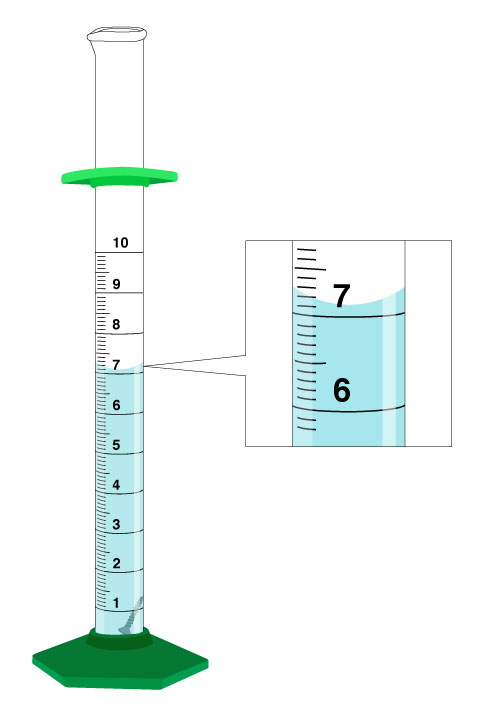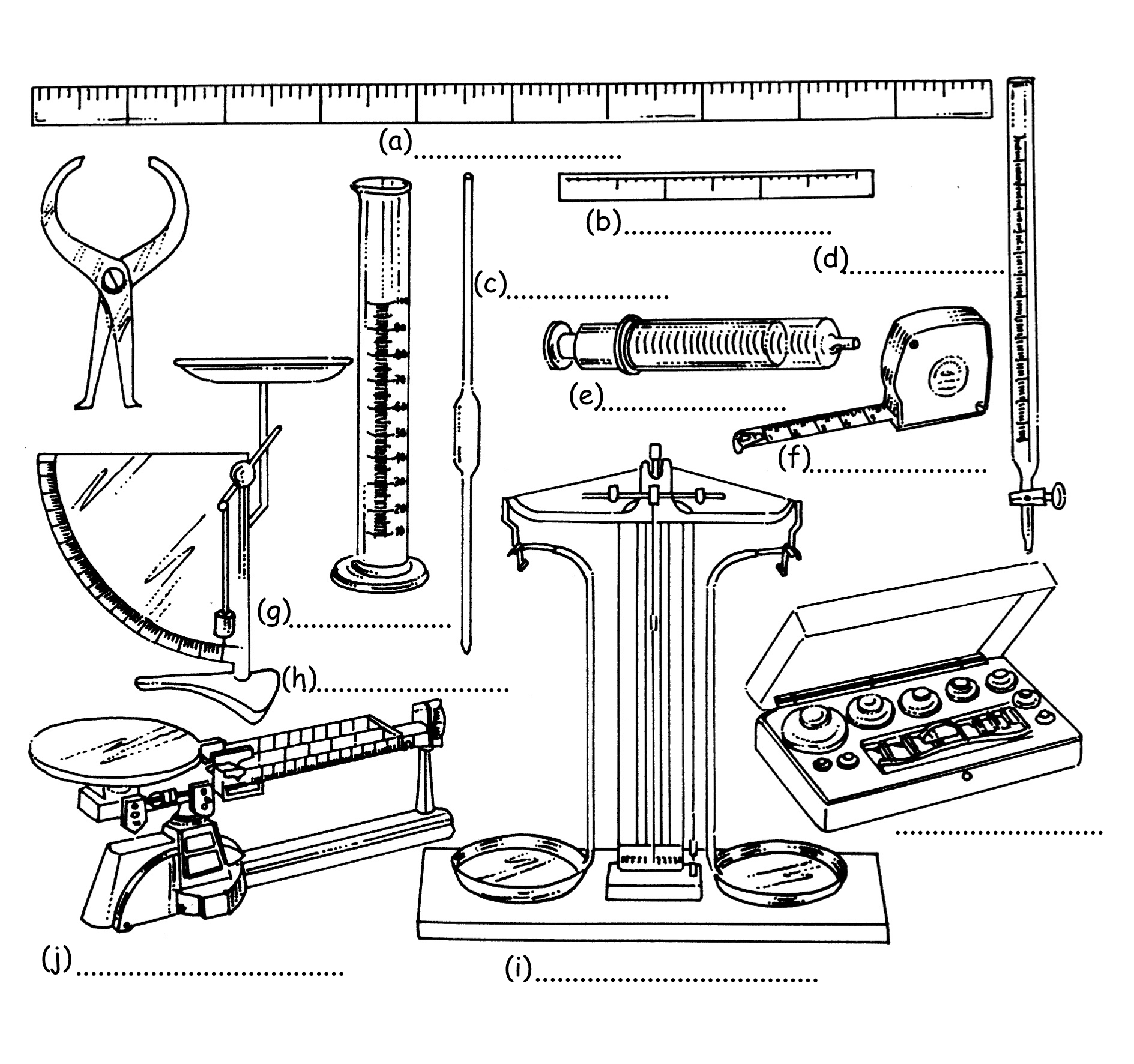Graduated cylinders coloring book
Table of Contents
Table of Contents
Attention all science enthusiasts! Have you ever struggled with drawing a graduated cylinder? Well, fear not! In this post, we will guide you through the process step-by-step on how to draw a graduated cylinder like a pro.
Pain Points with Drawing a Graduated Cylinder
Drawing a graduated cylinder can be challenging without prior knowledge or experience. It’s easy to make mistakes, resulting in an inaccurate representation of the tool. This can be frustrating, especially for students who need to use this tool accurately for their experiments. Thus, it’s important to know the proper technique to draw a graduated cylinder.
How to Draw a Graduated Cylinder
First, draw a rectangle to create the body of the cylinder. At the bottom of the rectangle, add a curved line to form the bottom of the cylinder. On each side of the rectangle, add two vertical straight lines to create the lines for the handles. Next, draw a horizontal line above the handles, connecting them to each other. This line will represent the rim of the cylinder.
Now, add measurements to the cylinder by drawing evenly spaced horizontal lines on the body. Number these lines, starting with zero at the bottom and increasing as you move up the cylinder. Finally, add a spout to the cylinder by drawing a diagonal line from the upper rim to the body of the cylinder. Add a small rectangle at the end to complete the spout.
Main Points
To draw a graduated cylinder, start with a rectangle and add handles, a rim, and a spout. Then, add evenly spaced horizontal lines and label them with measurements to complete the cylinder. It’s important to know the proper technique to accurately represent the tool.
Step-by-Step Guide to Drawing a Graduated Cylinder
When I first learned how to draw a graduated cylinder, I struggled with getting the measurements correct. I found that using a ruler helped me draw evenly spaced lines and label them accurately. Here is a step-by-step guide to make it easier to follow:
- Begin by sketching a rectangle with two vertical handles.
- Sketch a curved line at the bottom of the rectangle to create the base of the cylinder.
- Draw a horizontal line between the handles to create the rim of the cylinder.
- Add evenly spaced horizontal lines on the body of the cylinder.
- Number the lines starting with zero at the bottom and increasing as you move up the cylinder.
- Sketch a diagonal spout from the rim to the body with a small rectangle at the end to complete it.
 Tricks and Tips for Drawing a Graduated Cylinder
Tricks and Tips for Drawing a Graduated Cylinder
As mentioned earlier, using a ruler can make drawing evenly spaced measurements easier. Additionally, it can be helpful to lightly sketch out the lines before finalizing them. This way, mistakes can be easily erased and corrected. Lastly, take your time with the measurements and labeling to ensure that the final drawing is accurate.
 ### Practice Makes Perfect
### Practice Makes Perfect
Don’t be discouraged if your first try isn’t perfect. As with anything, practice makes perfect. Use the step-by-step guide to draw multiple graduated cylinders until you feel comfortable with the process.
Conclusion of How to Draw a Graduated Cylinder
Drawing a graduated cylinder can be challenging, but by following the step-by-step guide and using the proper technique, it can be a breeze. Don’t forget to take your time and practice to create accurate measurements and an enjoyable drawing experience.
Question and Answer
Here are some frequently asked questions about drawing a graduated cylinder:
Q: Is it necessary to label the measurements on the graduated cylinder?
A: Yes, labeling the measurements on the graduated cylinder is crucial, as the tool is used to measure precise volumes. Without the measurements, the cylinder would be of little use.
Q: Can a graduated cylinder be drawn free-hand, or is it better to use a ruler?
A: While a ruler is not necessary, using one can make drawing evenly spaced measurements easier. If you are confident in your free-hand skills, you may choose to skip using a ruler.
Q: Why is it important to learn how to draw a graduated cylinder?
A: Learning how to draw a graduated cylinder is important, especially for students in the field of science. Accuracy is crucial when measuring volumes, and being able to draw a graduated cylinder accurately prepares one for lab work and experiments.
Q: What other tools are important to learn to draw for those interested in science?
A: Other tools that are important to learn include beakers, test tubes, Erlenmeyer flasks, and pipettes. Each tool serves a specific purpose and is commonly used in scientific experiments.
Gallery
Graduated Cylinders Coloring Book - Drawing Of A Measuring Cylinder

Photo Credit by: bing.com / graduated drawing measuring cylinders cylinder coloring book nicepng
Graduated Cylinder Drawing At GetDrawings | Free Download

Photo Credit by: bing.com / cylinder graduated drawing draw getdrawings
Graduated Cylinder Drawing At GetDrawings | Free Download

Photo Credit by: bing.com / cylinder graduated drawing ml getdrawings
Graduated Cylinder Drawing At GetDrawings | Free Download

Photo Credit by: bing.com / measuring tools drawing cylinder graduated getdrawings
Quia - Science Tools

Photo Credit by: bing.com / cylinder graduated diagram 100ml draw science quia liquid volume





